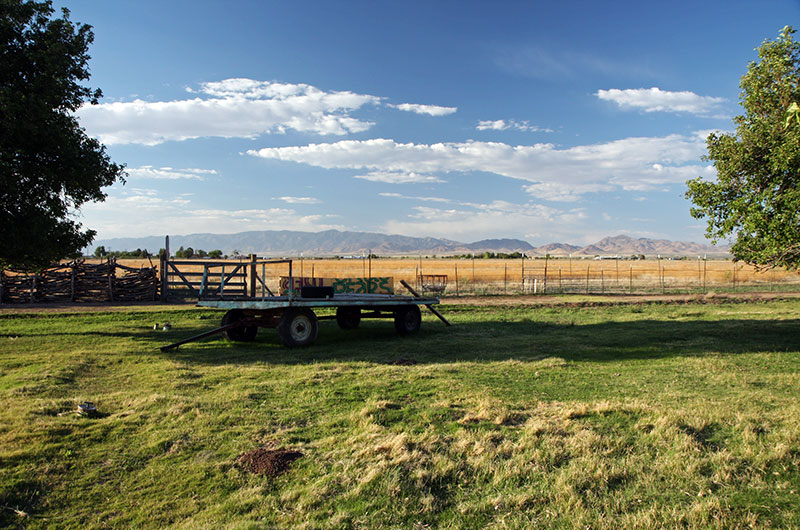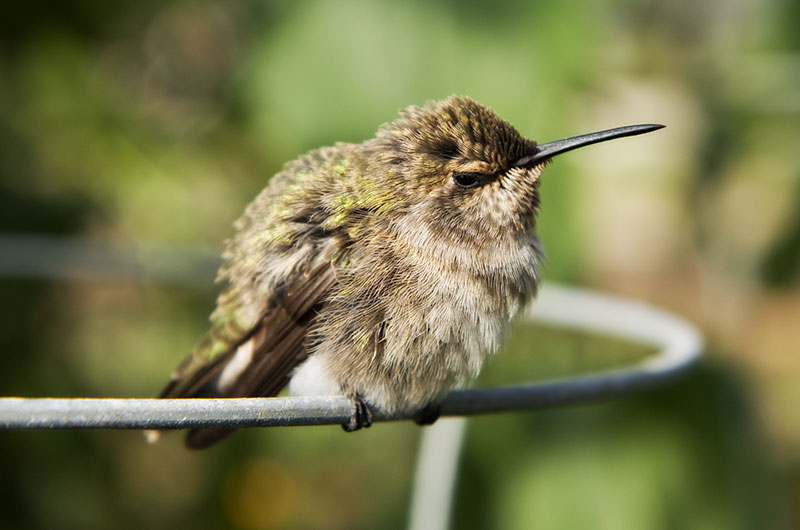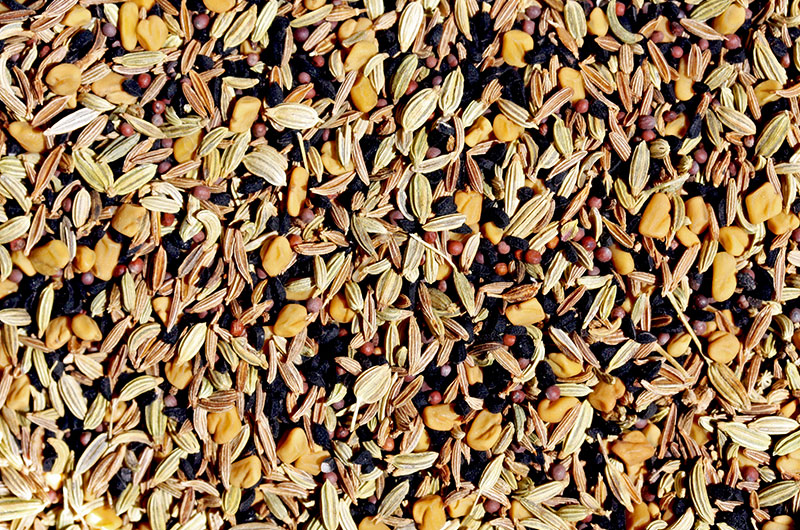
Went down south today to Brown’s Orchard in Willcox, Arizona, to help June draw up a site plan. June operates a U-pick apple farm, but she also makes fresh-pressed apple juice and hard cider. Living under the apple trees is a large flock of sheep that, come September, will gorge themselves on fallen apples. The site plan is a layout of the farm property and where buildings are located, along with the location of wells, septic, gates, and the parking area. The county needs this type of information for granting permits to allow a change in how a particularly zoned property conducts business. In this case, June wants to sell her hard cider and offer tastings, but to offer alcoholic beverages for sale, the county and state require that all things are in order and that the business is in regulatory compliance. Oh yeah, in the fall, Caroline and I will be down here picking apples for ourselves and pressing our own apple juice. Life’s little luxuries are, oh, so awesome.





